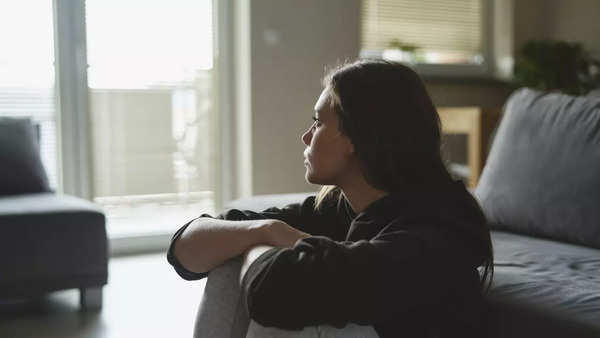
With the bustling sound of festivities fading and of fallen leaves changing colours, a chill in air has entered the play. Winter, is officially on the way! Although t’is the season of hot cocoa, pumpkin pie, roasted marshmallow, beer by the bonfire, warm blanket and everything merry, this also is the season of gloom given sudden change in the season. Along with winter, the depression has also started to creep in. But fret not, today we will be discussing certain tips and trick on how to fight winter depression and put on a happy face!
What is winter depression?
You might have noticed significant changes in your mood and behaviour when the seasons change. If you have, then you may be experiencing seasonal affective disorder (SAD). In most cases, SAD symptoms start in the late fall or early winter and go away during the spring and summer, known as winter-pattern SAD or winter depression.
It happens during certain seasons of the year, most often fall or winter. It is thought that shorter days and less daylight may set off a chemical change in the brain leading to symptoms of depression. Light therapy and antidepressants can help treat SAD.

Not just depression, seasonal anxiety occurs when the change of weather affects a person’s mental well-being. For many, the winter season can cause an increase in anxiety symptoms due to reduced sunlight and colder temperatures.
Symptoms of winter depression:
Symptoms of seasonal affective disorder (SAD), also known as winter depression, such as —
Mood: Persistent low mood, feelings of despair, guilt, worthlessness, or hopelessness.
Sleep: Sleeping more than normal, finding it hard to get up in the morning, or daytime drowsiness.
Appetite: Increased appetite, especially for carbohydrates and sweets, or weight gain.
Energy: Feeling lethargic or lacking energy, or feeling tired despite sleeping well.
Interest: Loss of interest or pleasure in activities you typically enjoy.
Social withdrawal: Becoming less sociable or more sensitive to rejection.
Concentration: Difficulty concentrating or slowed thinking.

Irritability, tearfulness, decreased sex drive, physical problems like headaches, or thoughts of death or suicide too can be indicative of winter depression. However, SAD is different from ‘holiday blues’ because it’s related to changes in daylight hours, not the calendar. Symptoms typically start in autumn and last through the winter, improving in the springtime.
Tips to fight winter depression:
Here are some tips that may help with seasonal depression —
Get sunlight: Try to get as much natural sunlight as possible, especially early in the day. You can go for a walk, sit by a window, or add skylights to your home.
Exercise: Regular exercise can help relieve stress and anxiety, which can increase symptoms of depression.
Eat well: Eat a healthy, balanced diet and avoid overeating carbohydrates.

Spend time with others: Try to spend time with friends and family, or confide in someone you trust.
Avoid alcohol and drugs: Instead of cheering you up, alcohol can make things worse when you’re experiencing winter depression. Also, avoid drugs around this time.
Set realistic goals: Break large tasks into smaller ones, set priorities, and do what you can.
Be patient: Your mood will improve gradually, so don’t expect to snap out of it.
Delay big decisions: Don’t make a big change right away, like getting a new job, without talking it over with others first.
See a mental health professional: If the ‘SAD’ness doesn’t go away or interferes with your daily life, see a healthcare provider.
Winter brings sore throat risks and dietary tips






















































